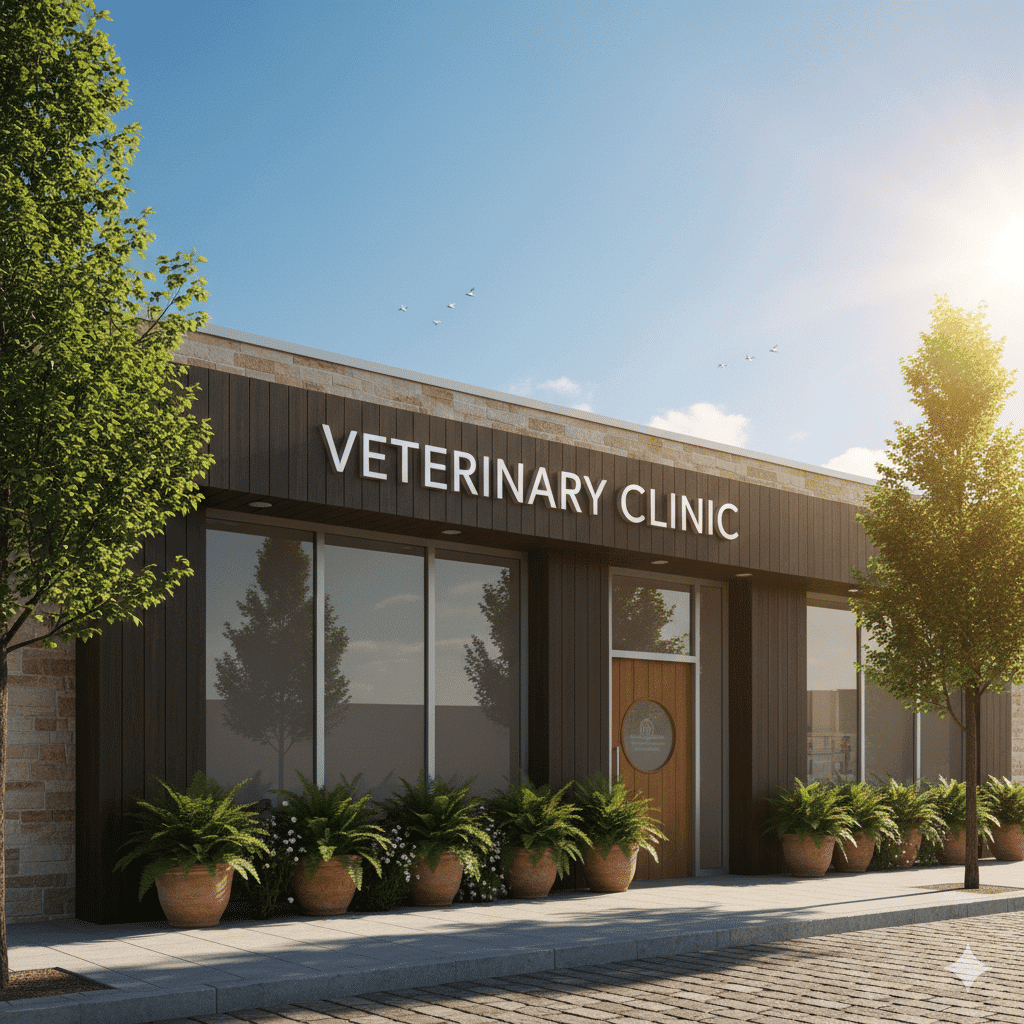September 25, 2025

Managing staffing challenges during peak periods has become one of the most pressing concerns for veterinary hospitals across the country. As clinic directors and hospital managers navigate increasing patient volumes, seasonal fluctuations, and unexpected staff absences, many are discovering that relief staffing offers a strategic solution to maintain quality care while protecting their team from burnout.
Modern veterinary practices today face unprecedented staffing pressures. The American Veterinary Medical Association reports that vet clinics are experiencing higher patient volumes than ever before, while simultaneously dealing with a shortage of qualified veterinary professionals. This perfect storm creates significant operational challenges for hospital managers and clinic directors.
Veterinary clinics experience predictable peak periods throughout the year:
During these high-demand periods, animal hospitals often struggle to maintain adequate staffing levels while ensuring their permanent team doesn’t face excessive overtime or burnout.
Relief staff provide vet clinics with the flexibility to scale their workforce up or down based on actual demand. Unlike hiring permanent employees, relief staffing allows hospital managers to:
One of the most significant benefits of utilizing relief staff is protecting your permanent team from burnout. Veterinary practices that regularly use relief staff report:
According to the American Veterinary Medical Association, practices using flexible staffing solutions report 23% higher employee satisfaction rates.
Many veterinary practices discover that relief staffing is more cost-effective than they initially expected. When comparing the total cost of permanent hires (salary, benefits, training, turnover costs) against relief staff rates, the economics often favor the relief model, especially for covering temporary needs.
Research from VetStaff shows that practices using relief staffing reduce their total labor costs by an average of 15-20% during peak periods.
Licensed veterinarians available for short-term assignments, from single-day coverage to extended periods. These professionals typically have extensive experience and can adapt quickly to different hospital protocols and systems.
Credentialed veterinary technicians and trained assistants who can support various hospital functions, from surgical assistance to client communication and administrative tasks.
Including kennel attendants, receptionists, and other support roles that keep veterinary hospitals running smoothly during busy periods.
Successful vet clinics that work with relief staff invest time in preparation:
The most effective approach involves building relationships with reliable relief staff who become familiar with your practice’s culture and procedures. This creates a pool of “preferred” relief professionals who can step in seamlessly when needed.
FlexVet Staffing understands the unique challenges facing animal hospitals today. Our comprehensive screening process ensures that relief staff meet the highest professional standards, while our rapid response system means your clinic can secure qualified coverage quickly.
Start by analyzing your practice’s historical data to identify predictable busy periods. This allows you to plan relief staffing needs in advance rather than scrambling for last-minute coverage.
Work relief staffing costs into your annual budget as a strategic investment in operational stability. Many vet practices find that the cost of relief staff is offset by:
Develop relationships with relief staffing agencies before you need them. Having established connections means faster response times when unexpected staffing needs arise.
Veterinary practices should track specific metrics to evaluate their relief staffing success, as outlined in industry best practices:
Regular evaluation of relief staff performance and integration processes helps veterinary hospitals refine their approach and maximize the benefits of flexible staffing solutions.
The veterinary industry’s staffing challenges aren’t going away anytime soon, according to VHA. Veterinary hospitals that embrace relief staffing as part of their long-term strategy position themselves for:
If your veterinary hospital is struggling with staffing during peak periods, relief staff may be the solution you’ve been seeking. The key is partnering with a reputable agency that understands the veterinary industry’s unique needs and maintains high standards for professional placement.
Contact FlexVet Staffing today to discuss how our relief staffing solutions can help your practice maintain excellent patient care while supporting your permanent team’s well-being. Our experienced team is ready to develop a customized staffing strategy that meets your specific needs and budget requirements.
Ready to solve your veterinary practice’s staffing challenges? Contact FlexVet Staffing to learn more about our comprehensive relief staffing solutions designed specifically for veterinary hospitals like yours.